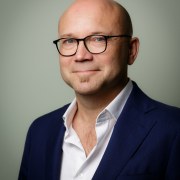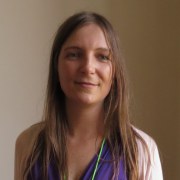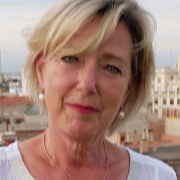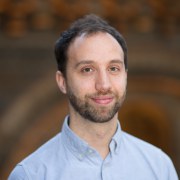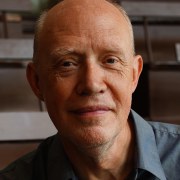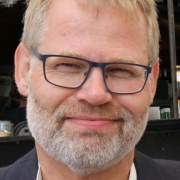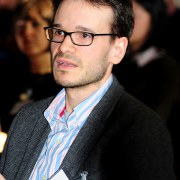In this session, presenters from many different science museums all over Europe share how they use storytelling to create more context for their heritage collections, and make them come alive. What museological strategies do they use to make their heritage collections meaningful for a wider audience and relevant in a contemporary context?
Presentations will be delivered in the quickfire PechaKucha format: each speaker will talk for a little more than 6 minutes, showing 20 slides for 20 seconds each.
Facilitator
Session speakers
Head of Communication / Director of the Hall of Biodiversity - Ciência Viva Center
Porto
Portugal
Amidst the highly digital and technological environments that 21st century museums and science centers have become, how can historical collections be brought into the spotlight? How can they be used to create meaningful narratives that appeal to today’s audiences?
Head public engagement, education & exhibition
Leiden
Netherlands
In the new permanent presentation of Rijksmuseum Boerhaave, objects have been put into context. Since the reopening in December 2017, the scientific heritage collection vibrates social relevancy. Many of the objects have come to live, and their functions make sense to younger and less experienced audiences.
Head of Museological Projects
Paris
France
Science centres are often defined as museums without collections. And yet! In 80 years for the Palais de la Découverte, 30 years for the Cité des sciences et de l'industrie, many physical and real devices used for scientific mediation have been created. They constitute a real heritage - often ignored - that reflects the evolution of scientific communication, and thus the relationship between science and citizens. How can we enhance this heritage without freezing the museography? What relevance does it find in contemporary scientific communication? What impact does it have on our visitors?
Director of Medical Museion (part of the Novo Nordisk Foundation Center for Basic Metabolic Research - CBMR), Professor at Copenhagen University & Creative Director at Wellcome
London
Ken speaks in this session from his role as Director of the Medical Museion, Copenhagen, Denmark.
It is helpful to think about heritage collections not just as our data and research material, but as a sort of ‘museum technology’: equipment that we can use to create and share new ideas. My talk will be about Medical Museion’s curiosity-led curatorial efforts to turn one object (an almost boring looking ten-centimeter-high ‘cholera bottle’ from 1853) into a whole exhibition.
Senior curator
Elsinore
Denmark
In the new space exhibition, artifacts play an important role. A Soyuz capsule has an intrinsic value and huge attraction power. The artifact comes to life by making a VR experience that gives visitors the opportunity to experience what it is actually like to travel in the capsule.
Head of Exhibitions
Wellcome Collection
London
United Kingdom
Tackling medical, philosophical and ethical complexities head-on, Wellcome Collection exhibitions seek to challenge the way we all think and feel about health. We take inspiration from the vast collection of artefacts assembled by our founder Henry Wellcome, and the contemporary research supported by our parent organisation (The Wellcome Trust). Using examples from the programme, this talk will consider the relevance of using historic collections in exhibitions that cross disciplinary lines in order to explore the connections between science, medicine, life and art.
Head Curator
Bradford
United Kingdom
The new galleries of the National Science and Media Museum will explore the transformative impact of sound and vision technologies on all our lives. Developmentally, this involves experimentation with new ways of working with audiences to make content more relevant; crowd sourcing new acquisitions and stories to display alongside treasures from the existing collections.

